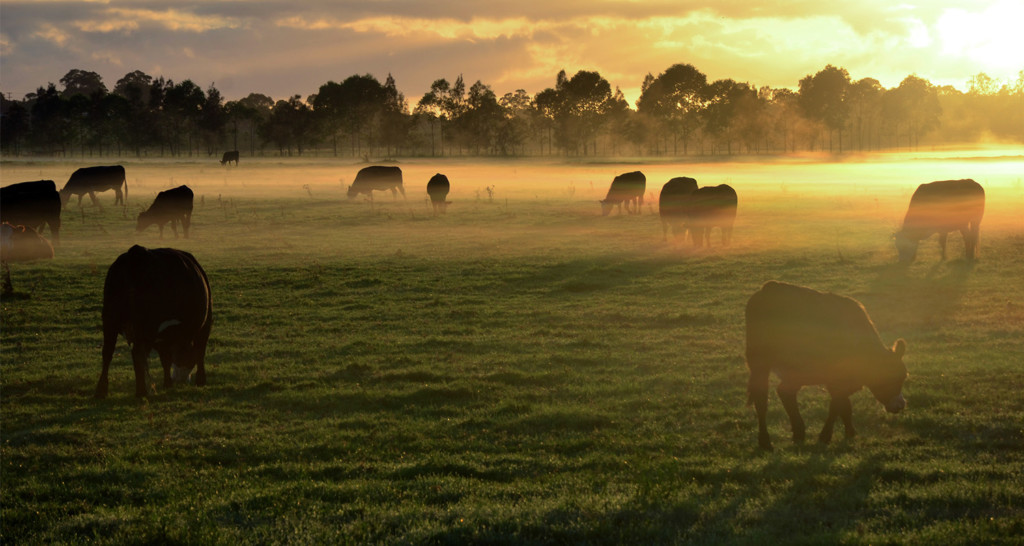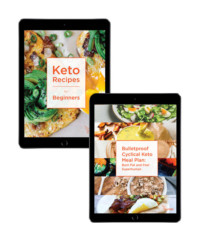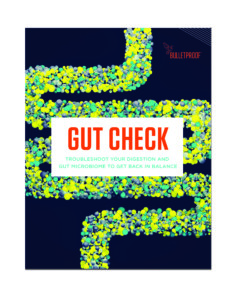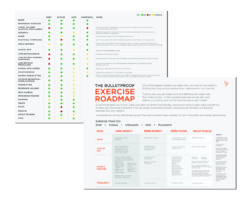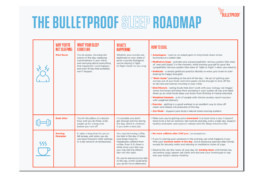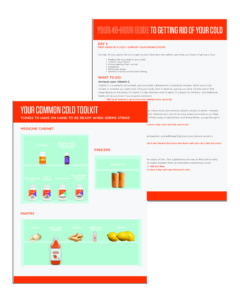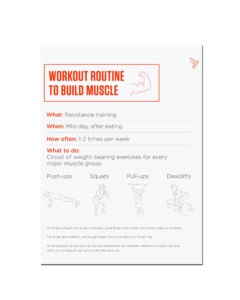In this episode of Bulletproof Radio, my guest is Dr. David Perlmutter, a board-certified neurologist and fellow of the American College of Nutrition. He’s spent his career focusing critical attention on brain health, lifestyle and nutrition that maintains health and prevents diseases.
We spend time discussing the coronavirus impact on physical and mental health, as well as ways to keep the immune system going strong.
“Fear destroys immune function, and so does lack of sleep, so does eating poorly, and all of these threaten our first line of defense,” Dr. Perlmutter says. “We can make decisions either from an impulsive part of the brain, the amygdala, that are short term and really interested only in “myself,” or we can tap into the prefrontal cortex and make decisions that have much more long view.”
Dr. Perlmutter’s also a New York Times bestselling author of multiple books. His newest was co-written with his son Austin Perlmutter, M.D. Brain Wash: Detox Your Mind for Clearer Thinking, Deeper Relationships, and Lasting Happiness approaches America’s growing epidemics of chronic illness from a simple premise: “We know what we need to do for better health and happiness, but our ability to make good decisions has been hijacked by unhealthy digital media usage, processed food, lack of sleep, chronic stress, and other aspects of modern life—and our physical and mental health is suffering.”
He shows you how to recognize the negative impact of these exposures and then offers a set of practical interventions for reclaiming your brain and improving your health.
As for coronavirus? “The sooner we realize that the party’s not going to resume in the near term, and that life is forever going to be changed in our world, the better we can take a deep breath and become pragmatic and make decisions from the prefrontal cortex,” Dr. Perlmutter says.
Enjoy the show!
- Get links, resources and show notes at Dave.Asprey/podcasts.
- Watch the Instagram live Q&A video of Dave and Dr. Perlmutter on YouTube.
Follow Along with the Transcript
Why You Need a COVID-19 Brain Wash – Dr. David Perlmutter – #680
Links/Resources
- Website: drperlmutter.com/
- Facebook: facebook.com/DavidPerlmutterMd/
- Twitter: twitter.com/ DavidPerlmutter
- Instagram: instagram.com/davidperlmutter/
- YouTube: youtube.com/user/DavidPerlmutterMD/featured
- Pinterest: pinterest.com/davidperlmutter
- Book: Brain Wash: Detox Your Mind for Clearer Thinking, Deeper Relationships, and Lasting Happiness
- Bulletproof Radio: Why You Desperately Need Carbs – Dr. David Perlmutter #553, Connecting Your Gut And Your Brain With David Perlmutter – #359, Dr. David Perlmutter: Autism, Alzheimer’s & The Gut Microbiome – #250
Key Notes
- Dave asks, “How long do you think Covid-19 will last?” 04:20
- Behavioral changes are working in other countries 05:25
- Methods of increasing resilience 06:15
- How do you get the hospitals on board to try new therapies? 13:00
- Talking about potential vectors 17:00
- What is the recommendation to health care workers to do after their shift to stay healthy? 19:40
- What do you say to the people who are out there saying there is not thing as a virus? 24:00
- Our higher level prefrontal cortex is disabled 27:00
- Manipulation of the global diet has hacked our brains 32:30
- Benefits of intermittent fasting for the immune system 36:30
- Fisetin, Vitamin D and Zinc 39:00
- Get a good night’s sleep 40:00
- Asymptomatic carriers 43:00
- Disconnection syndrome – are we screwing ourselves 48:30
- Create a neural network to help with the diagnosis of this virus 55:30
- Sharing a story on Instagram 56:30
Go check out my new book “Super Human: The Bulletproof Plan to Age Backward and Maybe Even Live Forever“ and also “Game Changers“, “Headstrong” and “The Bulletproof Diet” on Amazon and consider leaving a review!
If you like today’s episode, check us out on Apple Podcasts at daveasprey.com/apple and leave us a 5-star rating and a creative review.






